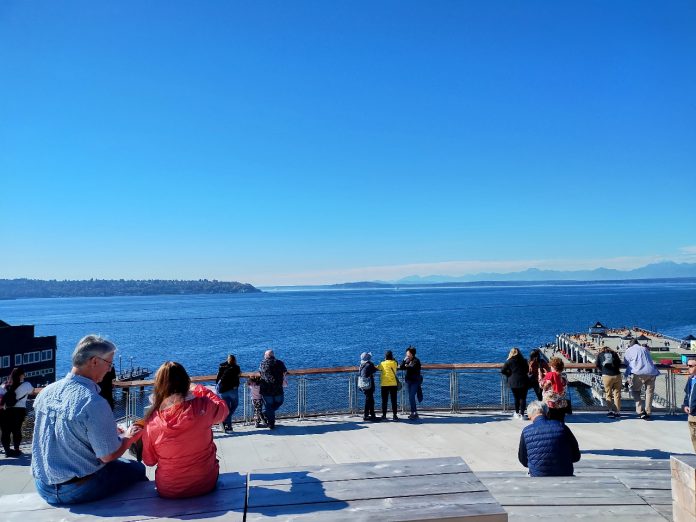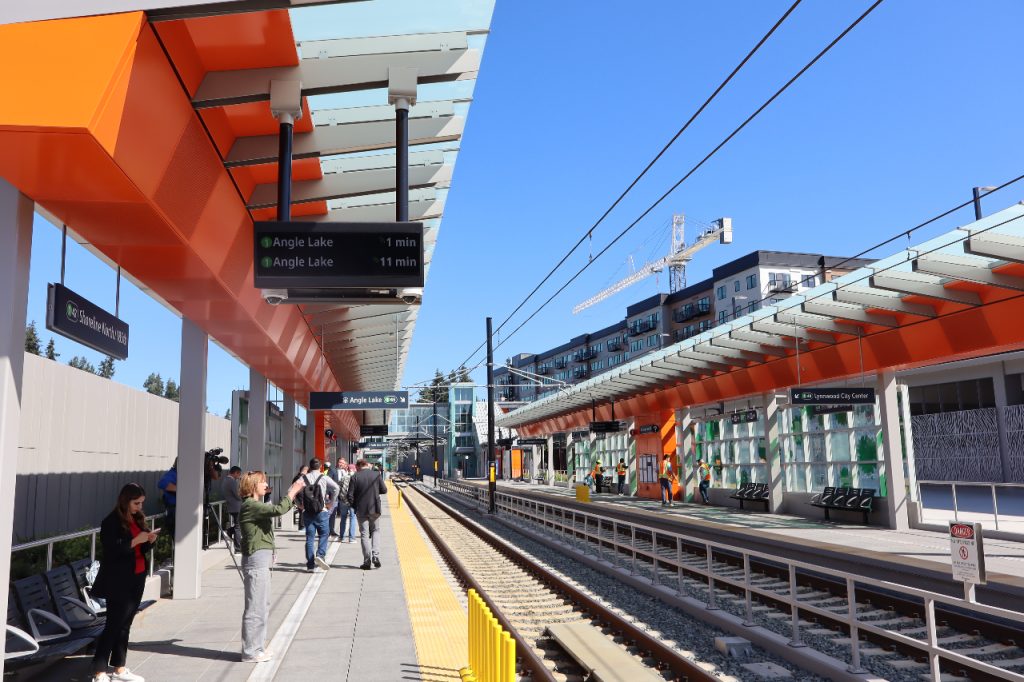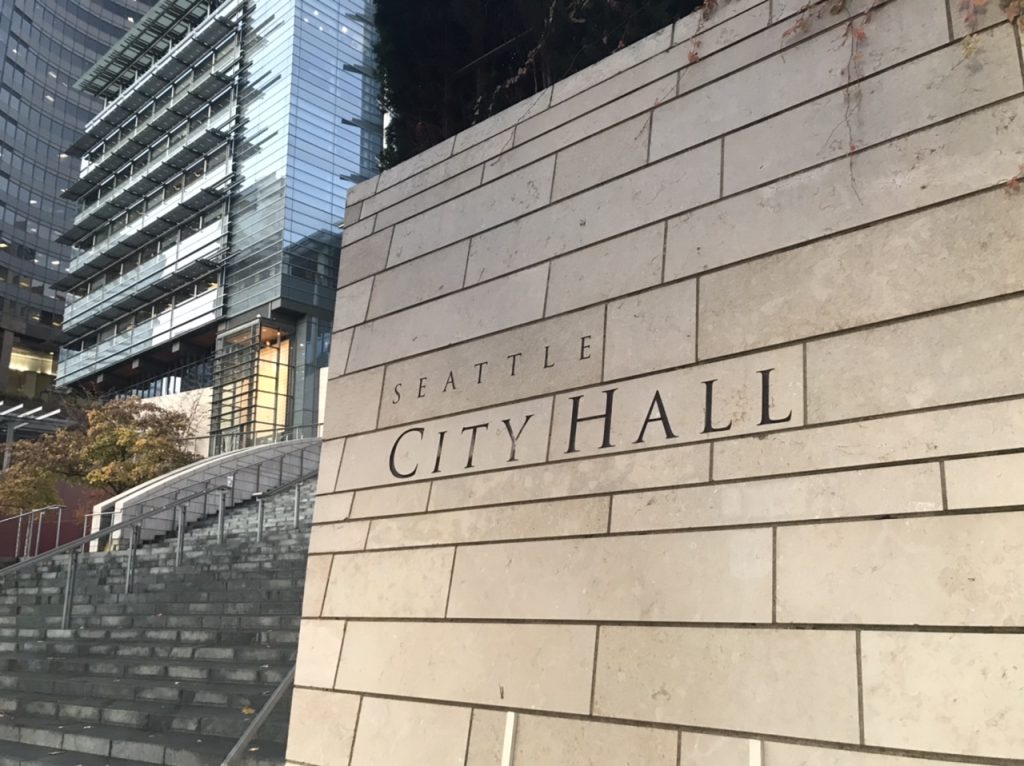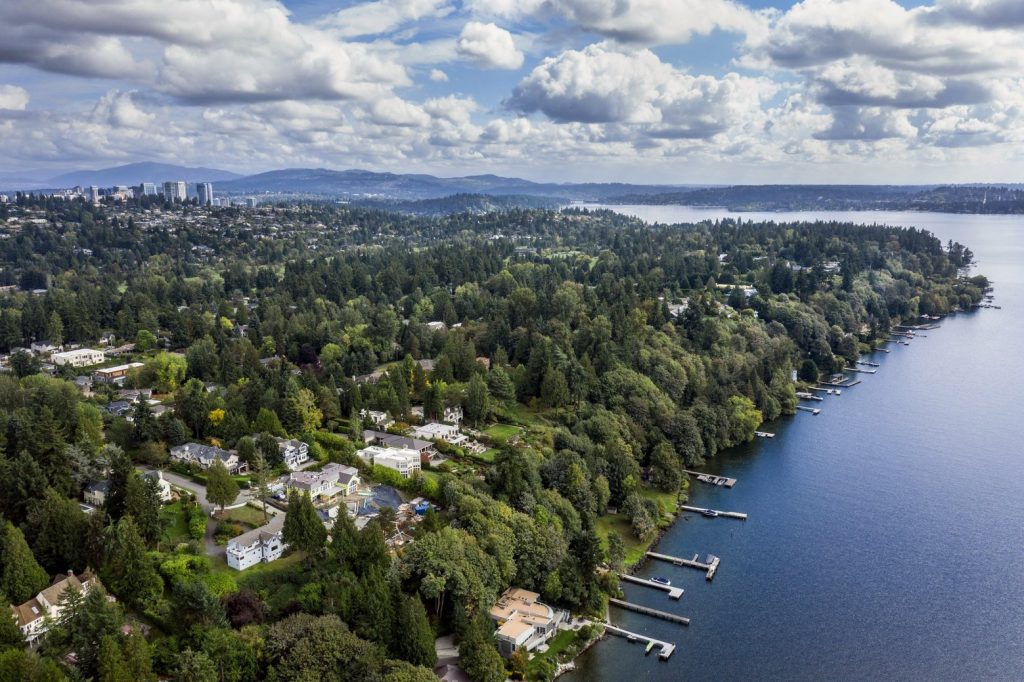
Over the past ten years, The Urbanist has evolved into a daily news source covering essential issues that impact Puget Sound residents, including housing, land use, transportation, public spaces and community safety. We’re able to cover those issues in the depth that our readers crave thanks to our subscribers, who provide the resources needed to produce thorough reporting. This past January, The Urbanist was able to hire its first full time reporter — me — taking that coverage to the next level.
Since that time, I’ve produced over 150 articles digging into everything from new RapidRide lines, Seattle waterfront projects, obscure King County growth planning votes, and the most exhaustive coverage out there on Seattle’s next transportation levy. That work has only been possible thanks to our subscribers.
With major decision points happening at all levels of government in Puget Sound over the coming months, it’s a critical time for reporting that shines a light on what’s happening, getting into the details that will impact the way the region grows for decades.
Washington State
With a new Governor entering office for the first time in 12 years, and turnover at several other statewide offices, big changes are coming to state government. With housing supply still a major issue facing Washington, turnover at the state legislature — in particular the state senate — will make the upcoming 105-day session one to watch, with the senate’s housing committee set to get a brand new chair. With a transit-oriented development bill that has failed to make it across the finish line for the last two years, there’s a lot of momentum behind 2025.
The state transportation budget will also be a major issue taking center stage this session, with highway megaprojects vying with safety needs for a slice of the pie in the face of pessimistic revenue forecasts and a potentially devastating state initiative.
This session, our Olympia coverage will be ramping up, making sure you see the last-minute amendments and stay in-the-know about floor votes that will impact your life.
Sound Transit

As the only transit agency in the US to open three separate rail transit projects within a calendar year, covering Sound Transit is almost a full time beat in itself. And that shows no signs of slowing down, with extensions to Downtown Redmond, across I-90, and to Federal Way all set to come online in the next two years.
That’s on top of all the planning work set to come in front of the Sound Transit board, including decisions around West Seattle Link, Everett Link, Tacoma Dome Link, Ballard Link, and Stride BRT. We’re one of the few regional outlets to be in the board room, week after week.
Seattle

With a Seattle City Council still getting its sea legs, 10 months after voters elected six of its nine members without any prior experience, coverage of what’s happening at Seattle City Hall will continue to be essential. In 2025, Mayor Bruce Harrell is set to run for a second term in office while two other citywide councilmembers, including Council President Sara Nelson, also run for reelection. On top of that are the policy questions facing the City, including what its housing growth strategy will be and how a new transportation levy is implemented — or what to do if a transportation levy doesn’t pass at the ballot box.
Other Puget Sound Cities

With jurisdictions of all sizes all required to approve updates to their Comprehensive Plans within the next few months, The Urbanist is keeping an eye on the ways those counties, cities, and towns are planning to accommodate housing and jobs as the broader Puget Sound region grapples with an anticipated 1.5 million additional residents by 2050. From Mercer Island to Tacoma to Bremerton, the decisions around how to grow will have a wide reaching impact and The Urbanist will continue to ensure those stories get told.
Regional Government
On top of all that, the Puget Sound Regional Council is set to adopt a new regional transportation plan in early 2026, and will be spending the coming months debating elements of that plan. Elected officials from every corner of the region will grapple with the funding needed — and the funding sources required — to implement the region’s transit-oriented growth strategy. At the only outlet regularly covering the Puget Sound Regional Council, we’re tracking what local officials are saying and how they’re trying to influence regional policy.
From statewide to local issues, there’s a huge opportunity for advocacy to move the needle toward more sustainable, transit-oriented communities. All of the work to highlight these opportunities literally would not be possible without our subscribers. Consider becoming one today, or increasing your level of support, to ensure that this reporting continues and expands.
Ryan Packer has been writing for The Urbanist since 2015, and currently reports full-time as Contributing Editor. Their beats are transportation, land use, public space, traffic safety, and obscure community meetings. Packer has also reported for other regional outlets including BikePortland, Seattle Met, and PubliCola. They live in the Capitol Hill neighborhood of Seattle.

